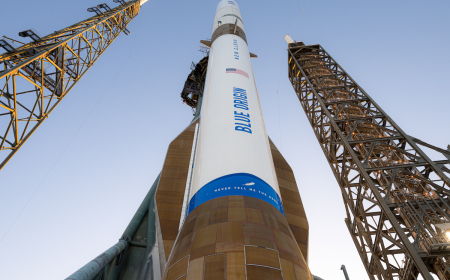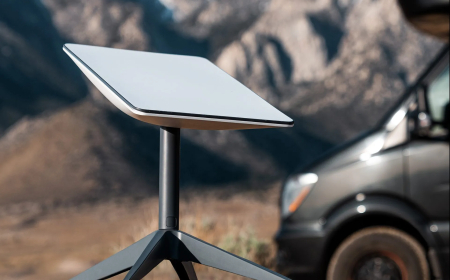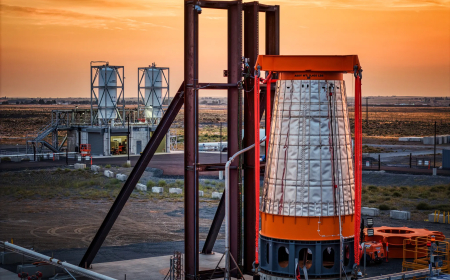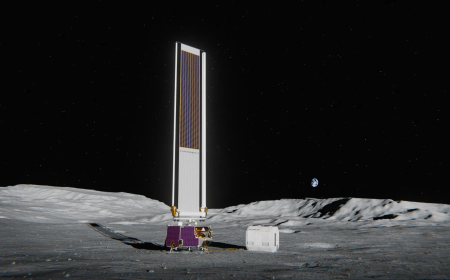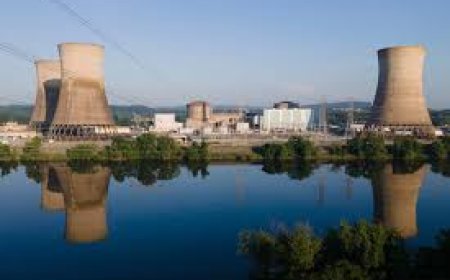Zap Energy ramps up the pressure in its latest fusion device
Zap Energy reveals its Fuze-3 fusion device, achieving record plasma pressure and temperatures as it moves toward commercial fusion power.
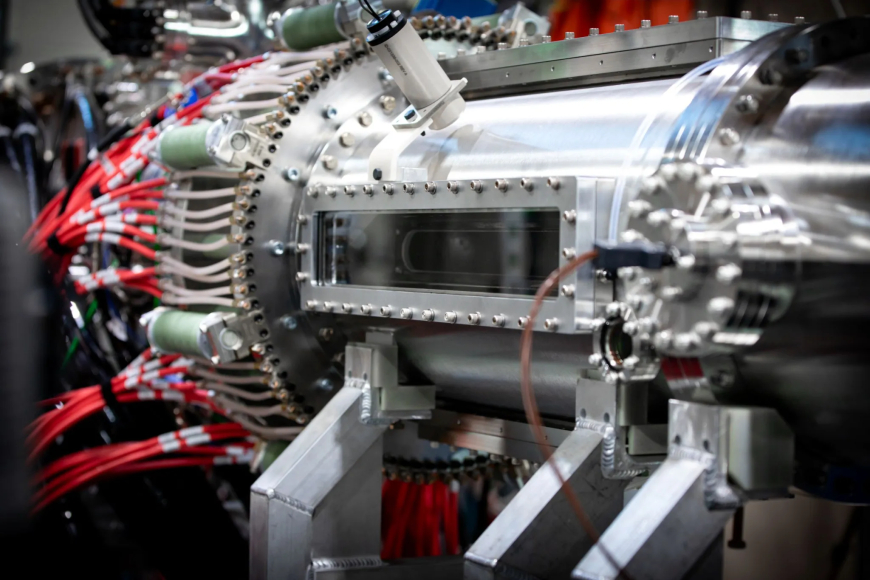
Zap Energy has unveiled its newest fusion machine — the Fuze-3 — during a research meeting in Long Beach, California, marking another milestone in the startup’s push to commercialise fusion power.
The company is one of several fusion startups racing to build grid-connected fusion plants by the early 2030s, and the new device represents a crucial step toward that goal.
Fuze-3 has already begun firing plasma pulses at Zap’s headquarters near Seattle. Data from these experiments will shape the design of the company’s first demonstration-scale systems.
According to Zap, the Fuze-3 successfully compressed plasma to more than 232,000 psi (1.6 gigapascals) and reached temperatures above 21 million°F (11.7 million°C).
This pressure marks a record for Zap’s fusion method, known as sheared-flow-stabilised Z-pinch. This technique uses electrodes to drive an electric current through plasma, generating magnetic fields strong enough to heat and compress it until fusion occurs.
These results represent meaningful progress for Zap, though they cannot be directly compared with results from other fusion companies, which use very different reactor designs.
For any fusion reactor to produce net power, it must achieve what’s known as the triple product — sustaining a plasma that is hot enough, dense enough, and stable long enough. Zap says it still needs to increase pressure by at least a factor of 10 to reach scientific breakeven, a milestone achieved by only one fusion experiment.
However, the company says the new data brings it closer to a third key benchmark proposed by Commonwealth Fusion Systems CEO Bob Mumgaard.
Zap achieved the new pressure record by adding a third electrode to its reactor architecture. Previously, its two-electrode design provided adequate heating but struggled to reach the required pressure levels.
The company did not share detailed schematics, but spokesperson Andy Freeborn explained that the new approach allows Zap to use two separate power banks, giving engineers greater control over plasma behaviour.
“The plasma chamber itself doesn’t look much different, but it’s operated very differently since there are two pulses of input power rather than one,” Freeborn said.
Zap Energy is now preparing its next-generation Fuze device, scheduled to begin operations this winter.
What's Your Reaction?
 Like
0
Like
0
 Dislike
0
Dislike
0
 Love
0
Love
0
 Funny
0
Funny
0
 Angry
0
Angry
0
 Sad
0
Sad
0
 Wow
0
Wow
0





















